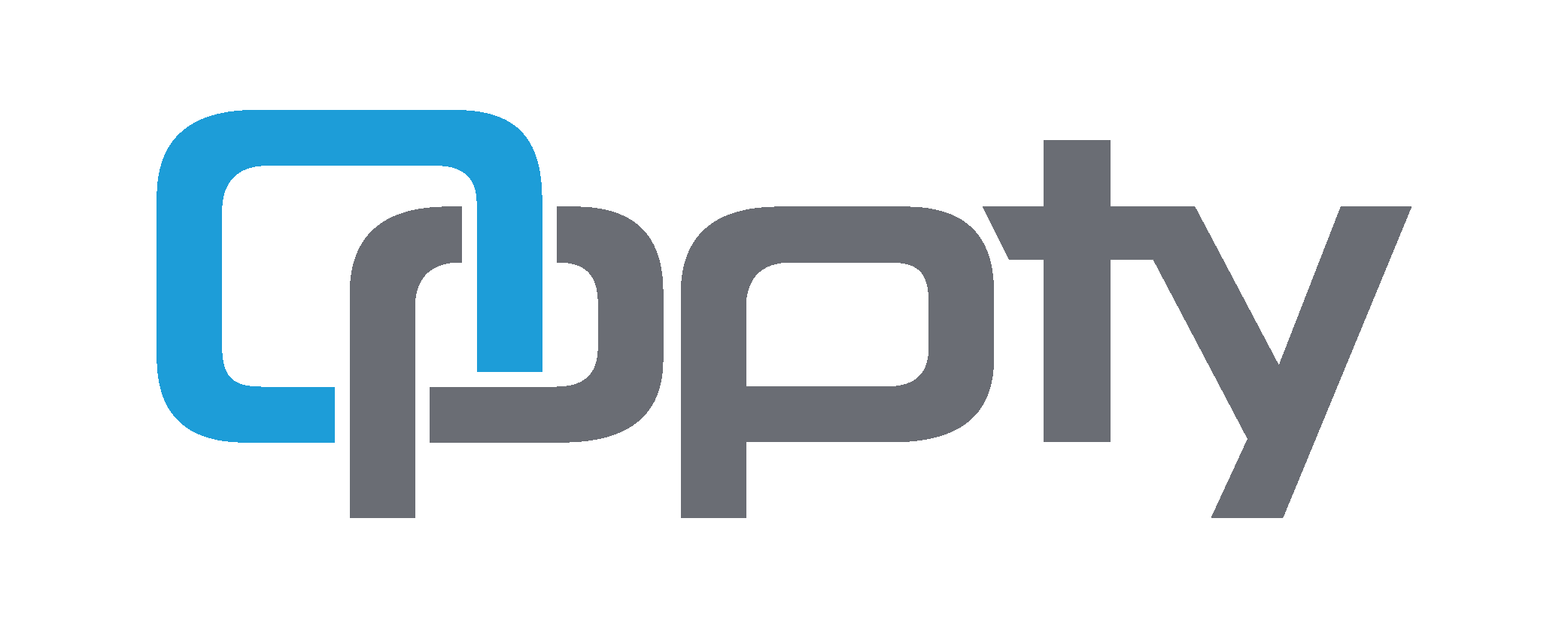One of the most challenging aspects of an executive seat within an organization is the role of problem-solver. Sometimes problems last for months or years because there is no strategy behind how to address them. Even the not-so-serious problems can fester and snowball into organizationally crippling issues which can prevent or sabotage a growth strategy. The healthiest of organizations promote a top-to-bottom forum for open dialogue in order to tackle issues that arise in daily operations. Once those issues begin to surface, the question then becomes: “How do we turn these problems into growth opportunities?”
There’s nothing less productive than an organizational meeting which lacks structure. They can begin at 10AM with lunch ordered in and concluded sometime in the afternoon—and at the end of the call—nothing or very little has been solved, many times stakeholders do not feel heard or even worse, walk away feeling drained and impeded.
Implementing the IDS method when tackling a list of issues will completely usurp the problem solving portion of an executive meeting, ensure action items are delegated for the immediate future, and clarify what solving the problem really looks like.
- To get started, spend 5-20 minutes in open dialogue to list out any issue within the organization and prioritize that list based on severity and importance. Be sure to allow input from every participant to promote an environment of active listening. It’s a good idea to allow one controller who can lead the conversation, referee when needed, and assist articulating issues that may seem unclear or undefined
- “I” Stands for Identify: Once you have your list and have prioritized the top 3 biggest issues, it’s time to start with numero uno. Every other problem is pushed aside and at times, will magically surface and solve themselves through this dialogue. Every team member should focus on this one issue and bullet point all contributing factors which are creating this issue. Do not get caught in the trap of solving yet. This is a critical time to blood-let from every angle at the table. We are asking the questions, “What is the problem?” Do not move forward until the real issue has been identified.
- “D” Stands for Discuss: Why is this a problem? How is this impacting the business? Who is this affecting? It’s time to provide examples, hard evidence and data (if available) to root out the real issue. Continuing to promote an open forum without trying to solve the problem should encourage an accountability model and identify the reasons why this problem has yet to be solved. The healthiest of organizations assign metrics and responsibilities in such a way that every measurable activity is accounted for and every employee knows what success looks like. Sometimes these issues fall within that accountability model but often times will need to be assigned to a relevant controller who will ensure completion of the next step…
- “S” Stands for Solve: Every bullet point below the parent problem has now been identified. It’s time to assign an action item that is SMART so that:
- the action item has an owner who will report on progress, blockers or completion during the next meeting.
- the action item is specific.
- it is measurable. Sometimes this means either done or not done.
- the action item is realistic. The owner should speak up if he foresees any issues in achieving this task.
- a reasonable amount of time is allowed for the completion of this action item.
As leaders, we sometimes think that problems and their solutions are easily identifiable, especially when years of experience and organizational knowledge promote such theories. Encouraging an open forum for discussion within teams often times creates “ah-ha” moments where insufficient training and knowledge regarding various company processes have led to even the smallest bits of miscommunication which can slow production or harm the client experience. It is critical, as leaders, that we allow for these types of discussions in order to advance company culture, individual growth and progress toward a long-term vision.
Intersted in learning more? Schedule some time with us below.








